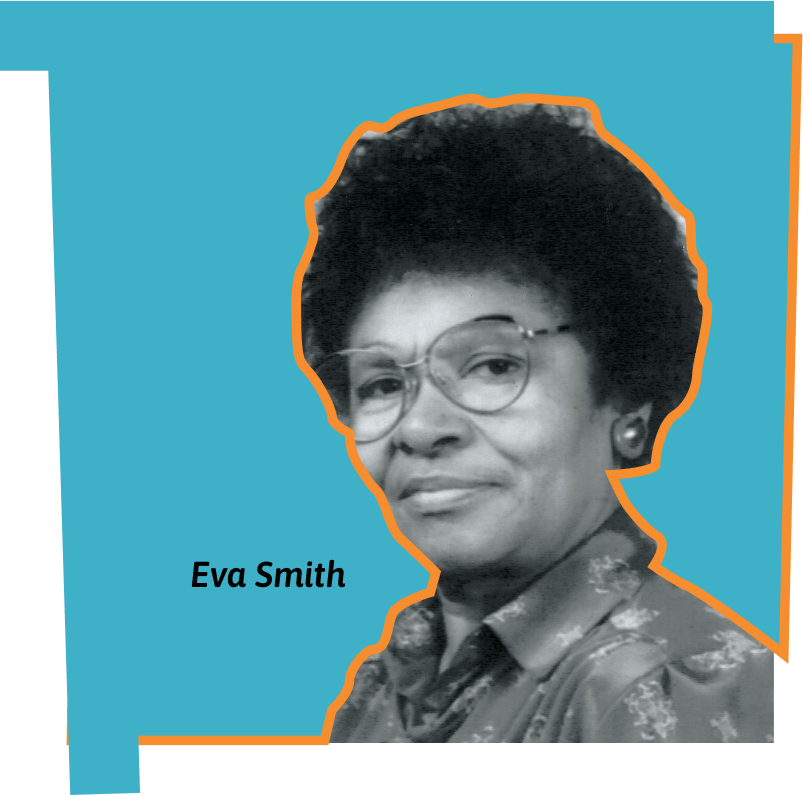Eva’s Initiatives has a crucial role to play in identifying and addressing these barriers.
We certainly do not have all the answers. But we have begun to ask the right questions — of ourselves, of our communities and stakeholders — and of the youth who seek our support, and who will lead our best strategies and solutions.
With this plan, we face ourselves bravely, and promise to bring the best of ourselves and you, our communities, to a process of change that will centre the youth we exist to support. For this, we need to sharpen our focus and build strong programs and focused advocacy, supported human resources and governance, back into the house that Eva built.
We are thrilled to unveil the four strategic priorities that will honour our legacy, guide our work, and build our future. Our priorities from 2024 to 2027 are: Please read about our journey and join us in advancing real strategies and solutions to youth homelessness that unflinchingly take in the evidence base for its causes and consequences, and links arms with those who know it best: the youth themselves.Executive Director
Chair, Board of Directors

In Ontario, Black children represent 7% of the total population, but represent nearly 14% of the children involved in the child welfare population (Bonnie et al, 2018).
35,000 – 45,000 youth in Canada experience homelessness each year (Sohn & Gaetz, 2020).
Black youth make up 72% of the youth in Eva’s programs, as compared to only 9% of Torontonians who self-identify as Black (Eva’s program data).
The highest number of Black people in Canada live in Toronto with 442,015 Black people living in the city in 2016 (Statistics Canada, 2019).
Data from the 2021 census shows that 1.5 million people, or 4.3% of the population of Canada, reported being Black. This is an increase of nearly 350,000 people since the last census in 2016. Based on this trend, Statistics Canada projects that the Black population in Canada will reach more than three million by 2041.

Although Afro-Indigenous people are not recognized officially the same way that Metis or mixed white-Indigenous people are, they are increasingly claiming space and challenging their historical erasure and invisibility in public discourse.
Close to half of Ontario’s Black population was born in Canada. The other half came from 150 countries with Jamaica being the leading source country. Nigeria, Trinidad and Tobago, Somalia, Ghana and Ethiopia were the five other most frequently reported countries for Black immigrants in Ontario (Statistics Canada, 2019).
Research has shown that Anti-Black racism and discrimination are important drivers of inequalities in education, employment, housing and other determinants of health for many Black Canadians (Public Health Agency of Canada, 2020).
Among Black immigrants, 23.7% are new immigrants who were admitted to Canada from 2016 to 2021. There were 300 ethnic or cultural origins reported among Canada’s Black population, including African, Haitian, Canadian and Jamaican.
Black high school students are the most likely to be streamed into special education and applied programs and are least likely to enroll in college and university compared to white and other racialized students (Public Health Agency of Canada, 2020).
Studies from Toronto and Montreal have shown that some landlords use exclusionary screening methods, refuse to rent or impose financial barriers such as increasing first and last month’s rent for Black people (Public Health Agency of Canada, 2020).
In 2016, 6.3% of Black males and females were overqualified for their jobs compared to 3.2% of white males and females (Public Health Agency of Canada, 2020).
Among Black Canadians:
In 2011, Black Canadians were counted among the working poor 2.2 times more often than white Canadians (Statistics Canada, n.d.).
Data from the 2021 census shows that 1.5 million people, or 4.3% of the population of Canada, reported being Black. This is an increase of nearly 350,000 people since the last census in 2016. Based on this trend, Statistics Canada projects that the Black population in Canada will reach more than three million by 2041.
Food insecurity is most prevalent among households with low incomes, lone-parent families, those who rent rather than own their home, and those who identify as Indigenous or Black (Tarasuk, 2020). Well over half (65%) of food insecure households were reliant on employment incomes in 2017/18.
A 2018 survey found that 60% of Black Canadians would be more willing to use mental health services if the provider was Black (Mental Health Commission of Canada, 2021).
Wait times for mental health care for Black Caribbean populations averaged 16 months compared to white populations who averaged 7 months (Mental Health Commission of Canada, 2021).

Eva’s consists of four sites located across Toronto. Every day we support over 200 youth, aged 16-24, who are experiencing or at risk of homelessness.
Eva’s provides shelter, transitional housing, and health and well-being programming. Our expert staff help young people in need reach their potential and lead fulfilling, healthy lives.
Black youth make up 72% of the youth in Eva’s programs, as compared to only 9% of Torontonians who self-identify as Black, and Eva’s is acknowledging this fact through a stated focus that addresses the specific barriers Black youth face.
In 1989, through Eva Smith’s trailblazing work, the North York Emergency Home for Youth was founded. Five years later, Eva’s Place, the first youth-focused shelter in North York, Toronto, was opened for homeless youth. Over the next 10 years, Eva’s expanded with Eva’s Satellite and Eva’s Phoenix. In 2021, Eva’s community housing program for Black youth, YOUth Belong, reached its capacity, rounding out our housing and shelter offerings. Each facility offers unique services for homeless and at-risk youth.
Eva’s plays a distinct and important role in the youth homelessness sector in Toronto. Its wrap-around approach, harm reduction perspective, and innovative programs to assist youth in building their own lives are all critical building blocks that provide solutions to problems many are keen to solve.


In April 2023, Eva’s Strategic Planning Committee initiated a planning process to take stock of the recommendations from the Equity Report and Governance Review Report, to renew the foundational statements, determine our long-term direction and identify strategic priorities to guide the organization over the next 3 years.
An environmental scan and S.W.O.T (Strengths, Weaknesses, Opportunities and Threats) analysis process was conducted from April through May 2023. This process included:
In July 2023, Eva’s Board of Directors and Senior Leadership Team participated in a strategic planning session to:
The draft strategic plan was created in September and approved in October 2023. Over the Fall, we developed a comprehensive implementation plan to guide us in driving our mission and achieving our strategic priorities.
~ Youth Focus Group Participant
into our own
Eva’s is at a turning point in its history, and we want to embrace the legacy we have, while turning our attention to the present context to structure a guide to our future. Our mission, vision and values are our foundation, and we have been energized by a collaborative process to renew them.
We are excited to present our revitalized foundational statements:
We are a proud Black legacy organization founded by Eva Maud Smith. Eva’s centres the intersectional needs of the youth we serve.
We are committed to:
● Youth leadership
● Centring Black youth
● 2SLGBTQ+ positive programs and spaces
● A healthy, joyful, and engaged work culture
● Community collaboration
● Program innovation
● Anti-racism and anti-oppression leading to social justice and systems change
● Accessibility and equity in service delivery and all our operations
● Housing as a human right
Eva’s is the result of a deeply resilient and resourceful community that cares and is an expression of that care. We are fortunate to have a willing and passionate group of supporters within and external to the organization with whom we consulted and who gave generously of their time and ideas because they are committed to bringing Eva’s into its full potential.
We would like to thank them all. We especially acknowledge the youth who participated in this process for their insightful contributions – their ideas and opinions were incredibly valuable to the process and guided our thinking.
The Strategic Planning Committee led the planning process under a mandate from Eva’s Board of Directors and with support from There Management Consulting Inc. This work was made possible because of their immense dedication and unwavering support of the process.
In addition, we want to express our sincere gratitude to our entire staff and management team in bringing this project to completion. This team has repeatedly demonstrated their tireless commitment to the work and their ability to work together, adapt and innovate even in challenging conditions. We are exceptionally lucky to have you!
Lastly, we want to acknowledge and thank our allies, community partners, donors, funders, volunteers, and corporate partners. Your generous and consistent support is the backbone of our efforts.